Did you know that every third bite of food you take is the result of services provided by pollinators such as butterflies, bees, wasps, moths, bats and hummingbirds?
 Pollinators visit flowers to drink nectar or collect pollen for food. As they move from flower to flower, they transport and deposit pollen that is necessary for the production of seeds and fruits. Our butterfly gardens incorporate annual and perennial plants that serve as sources of food and shelter for pollinator species.
Pollinators visit flowers to drink nectar or collect pollen for food. As they move from flower to flower, they transport and deposit pollen that is necessary for the production of seeds and fruits. Our butterfly gardens incorporate annual and perennial plants that serve as sources of food and shelter for pollinator species.
There are two butterfly gardens within Mead Botanical Garden. One is located between the Grove performance pavilion and the pole barn, northeast of the Discovery Barn. The other is located to the north of Alice’s Pond, next to the Winter Park Garden Club. (You may also encounter butterflies and other pollinators in the native plant garden on the west end of the Discovery Barn.)
Here are some of the flowering plants you may see in the butterfly gardens:
Sweet almond (Aloysia virgata)


